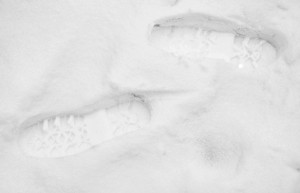Body language
Aside from the occasional confusions, frustrations, and anxieties over assessment I am really enjoying learning BSL. One of the most enjoyable aspects has been learning it with other members of the Graeae community. It is not often that an opportunity arises that allows board members, staff members and freelancers to come together on something that is not purely focused on the business of the company, although access clearly goes to the core of what we do.
While a few people did have some background knowledge we have effectively been learning something completely new together and I have found that to be a great leveller. We are all in it together and mutual support is an essential part of making the chemistry work. It is not uncommon to see
What’s the sign for…?
Or to share resources we have found useful.
This is all supported by a trainer who seems to have infinite patience and an uncanny ability to read our faces and know whether something has landed or not. I am quite familiar with learning environments, but it has been a very long time since I have had to learn anything by rote. I do feel that both literally and metaphorically I am surfacing and flexing muscles that haven’t been used from some time if ever, and this had made it all the more fascinating.
The last time I can remember having to focus so much on my body, it’s placing, shapes and expressions was when I learnt trampolining, not a comparison I had expected to make at the beginning and it is not intended to be a trivial comment. If anything it highlights for me that this is a truly embodied learning experience.

